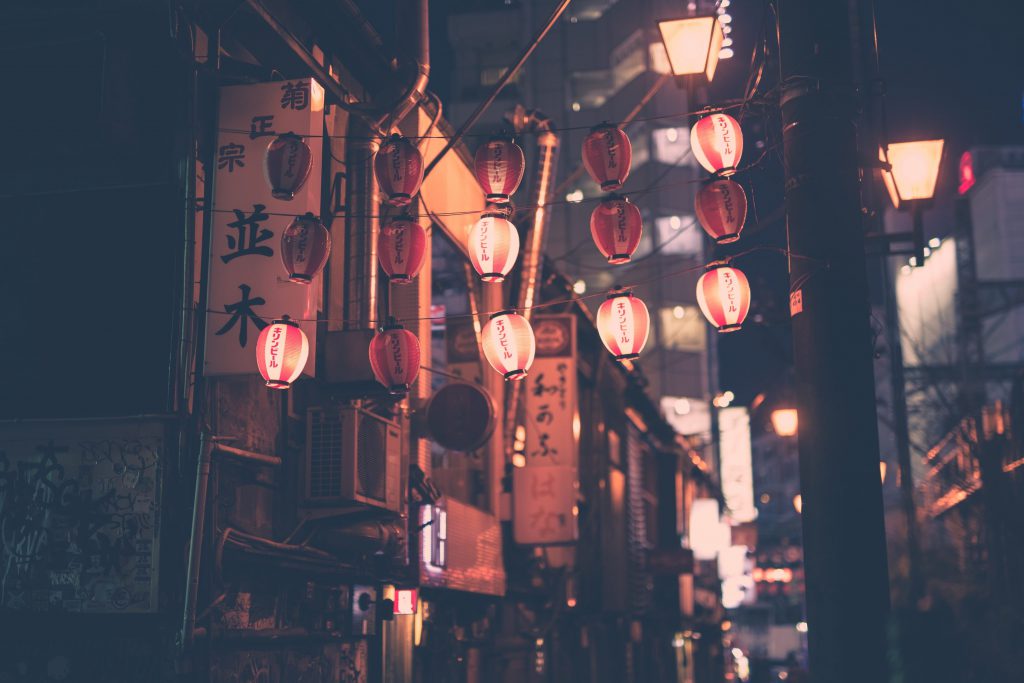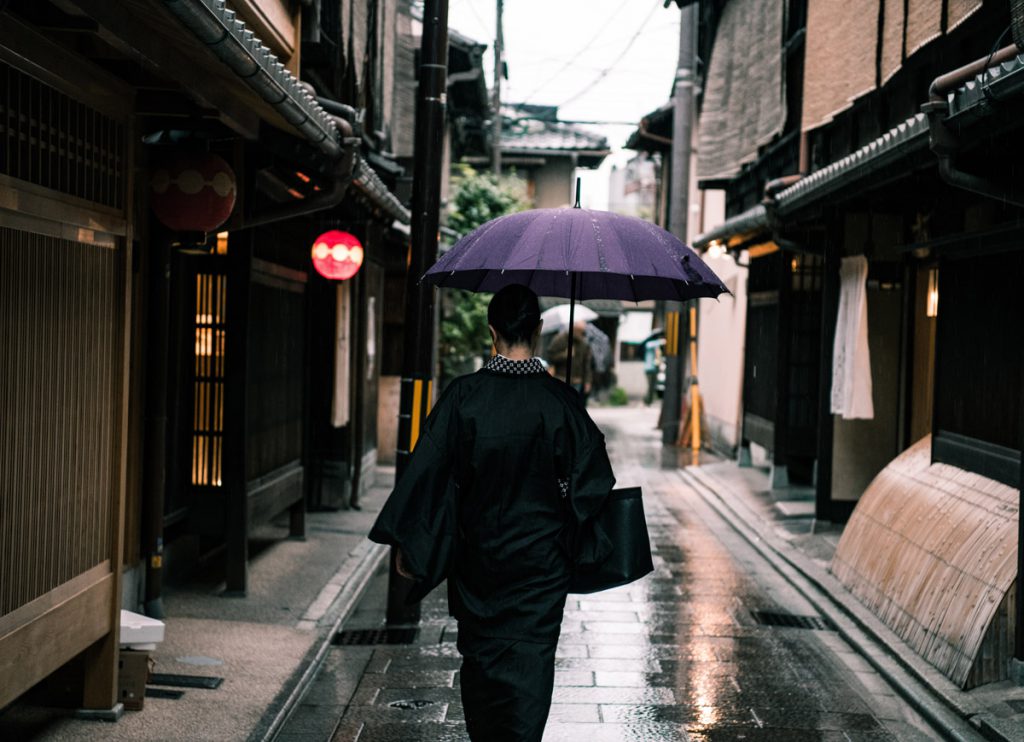Blog
2020.08.03
Japanese language
A short introduction into the History of Japanese language
You probably have heard that the Kanji characters used in Japanese originally come from China. But did you know that Japanese does not resemble Chinese at all? In this article, we want to dive into the history of the Japanese language.
1. Early written Japanese
Before adopting the Chinese Kanji characters Japanese had no writing system. Through the spread of Buddhism, the Chinese writing system was imported into Japan. The earliest Japanese text the Kojiki is dated in the early 8th century. At that time only Chinese characters were used as opposed to the current Japanese that uses 3 writing systems.
During the 9th century, the two Kana systems Hiragana and Katakana developed as the nature of Kanji made them not very convenient for Phonetic purposes. At that time Hiragana were mostly used by women to write poetry and novels and Katakana were used by Buddhists priests that translated Chinese works into Japanese.
As a result, the Japanese writing developed in the threefold system it is today. Today Hiragana are used to express ending of verbs and adjectives, particles and word that do not have a Kanji character. Katakana are used for foreign loanwords and foreign names.
2. Modern Japanese
Before the Edo period, the dialect spoken in the Kansai region used to be standard Japanese. During the Edo period, the town Edo that is today called Tokyo developed into the largest city in Japan and the Edo-area dialect became the standard Japanese.
After Japan ended their self-imposed isolation in 1853 a lot of loanwords from European languages were incorporated into Japanese. Many came from English, but some also came from German and Portuguese. For example, the Japanese word バイト (Baito) originated in the German word Arbeit.
3. Japanese does not resemble Chinese
Even though most Japanese characters are derived from the written Chinese language it does not resemble Chinese in any way. The language closest to Japanese is considered to be Korean as both languages share a general structure, vowel harmony and lack of conjunctions. Japanese is considered to be an agglutinative and polysyllabic language. That means that its grammatical features are marked by the assembly of basic elements, called morphemes. Unlike German or English agglutinative languages tend to be very regular. Japanese has only two significantly irregular verbs and about a dozen verbs with minor irregularity.
If it weren’t for the Kanji characters learning Japanese might not be as difficult. At transeuro we are a team of experts in the Japanese language and would be glad to help you with translation work from and into English or German.
Similar Posts
[jetpack-related-posts]





Leave a Reply